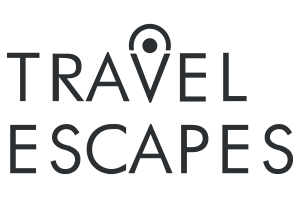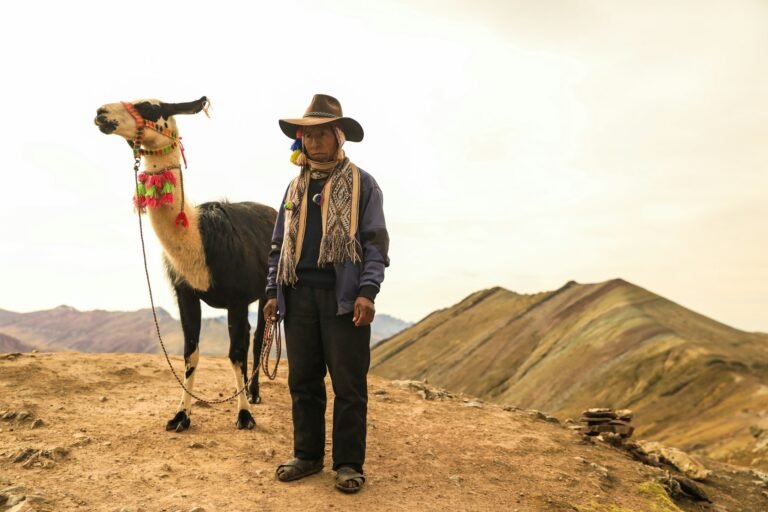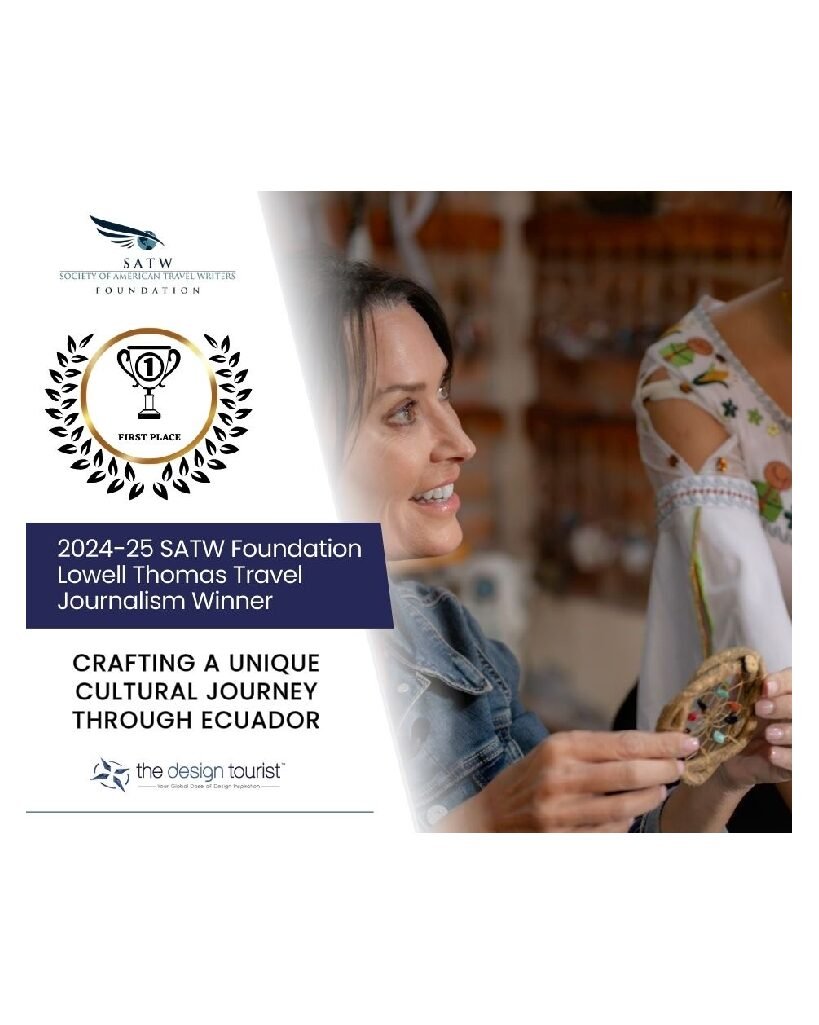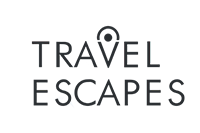Imagine wandering through the bustling markets of Marrakech, where the scent of spices fills the air, or sitting down for a traditional tea ceremony in Kyoto, surrounded by centuries-old craftsmanship. These immersive cultural experiences transport you beyond the tourist attractions and into the heart of the places you visit. But to fully embrace these experiences, it’s essential to plan your finances carefully.
Cultural travel is about more than just checking off a list of landmarks. It’s about engaging with the local culture, meeting artisans, tasting authentic cuisine, and discovering what makes a place truly unique. To do this in a meaningful way requires not just a travel itinerary, but also a thoughtful budget, one that accounts for both the expected and the unexpected.
The Essence of Immersive Travel
What sets immersive travel apart from a standard vacation is the deep connection with local culture. It’s about engaging with the people and experiences that define a place, whether that means attending a local cooking class, participating in a community festival, or exploring hidden art galleries tucked away from the crowds.
These experiences are often less structured and more authentic, but they come with a cost. A day spent learning the art of pottery from a local artisan or enjoying a private guided tour of a remote temple can add up. But the payoff? Priceless memories and a genuine connection to the destination.
Creating a Realistic Travel Budget
Before you pack your bags, it’s time to create a realistic budget that allows for these enriching experiences. A good starting point is calculating the basic costs of your trip, such as flights, accommodations, meals, and transportation. These are the essentials, but immersive travel often requires a little more planning to ensure you can fully engage with your surroundings.
Identifying Core Costs
The most obvious costs of travel are typically transportation, lodging, and food. But for immersive travel, it’s important to think beyond the basics. Will you need to hire a local guide to show you the hidden gems of the city? How much do museum tickets, local festivals, or cooking classes cost? These cultural experiences often require a larger budget than a typical vacation.
Allocate a portion of your budget for these activities, perhaps 20-30% of your total expenses. This ensures that you’re not caught off guard when it’s time to pay for that once-in-a-lifetime experience.
Factor in Local Experiences
Immersive travel thrives on the unique experiences that each destination offers. Whether it’s a cooking class in Tuscany or a private tour of a hidden gallery in Paris, these activities can become the highlight of your trip. Research the cultural experiences available at your destination and allocate funds accordingly.
By setting aside a specific amount for local experiences, you’ll avoid the temptation to splurge on unnecessary purchases and stay focused on what really matters, the cultural journey.
Setting Daily Spending Limits
It’s easy to overspend when you’re excited about all the new sights and experiences. To prevent this, it’s helpful to set a daily spending limit. This can help keep your budget in check while allowing for flexibility. Use a daily allowance that covers meals, transportation, small purchases, and the occasional splurge. Once you’re at your destination, track your spending using a budgeting app to ensure you’re staying within your limits.
Unexpected Costs: Preparing for the Unexpected
No matter how much you plan, travel doesn’t always go according to schedule. Flight delays, medical emergencies, or a missed connection can throw a wrench in your carefully crafted itinerary. That’s why it’s crucial to prepare for the unexpected, especially when you’re traveling to places where access to resources may be limited.
The Importance of an Emergency Fund
Traveling without an emergency fund is like setting sail without a lifejacket. You may never need it, but if something goes wrong, you’ll be glad you have it. Whether it’s a sudden medical issue, an unplanned detour, or unexpected accommodation costs, having a financial cushion will give you peace of mind.
Before you set out, calculate how much you should set aside for emergencies. An emergency fund calculator can help you estimate the amount you’ll need based on your destination and travel plans. Consider factors like health risks, the cost of emergency medical evacuation, and the potential for delays. It’s always better to have more than you think you’ll need.
Real-Life Examples
Imagine this: you’re in a remote part of Bali, and your flight home is delayed due to a storm. The extra days in the country mean more accommodation, food, and transportation costs. Without an emergency fund, you could find yourself scrambling to cover these unexpected expenses. But with a buffer in place, you can continue enjoying your stay without financial stress, knowing you have the resources to manage the extra days.
Tools and Apps for Smart Travel Budgeting
Technology has made it easier than ever to keep track of travel expenses and ensure you stick to your budget. There are a variety of apps designed to help you manage your finances on the go.
Budgeting Apps
Apps like Mint, YNAB (You Need a Budget), and TravelMapper can help you monitor your spending while traveling. These apps allow you to set a budget for each category, flights, lodging, food, and activities, and track your progress in real time. Some even send alerts if you’re getting close to your spending limit, which can help you adjust as needed.
Currency Converters and Cost Comparisons
When traveling internationally, it’s important to understand the local currency and its exchange rate. Currency converter apps like XE or Revolut can help you get real-time conversion rates, so you know exactly how much you’re spending. Cost comparison tools can also help you find the best deals on hotels, transportation, and activities, ensuring you stick to your budget.
Tracking Unexpected Costs
Unforeseen expenses can add up quickly, so it’s essential to track any unexpected costs. Apps like Expensify or Trail Wallet let you easily log and categorize your expenses as they happen. This will give you a clear picture of your spending and help you stay on top of your finances during your trip.
Maximizing Your Experience Without Breaking the Bank
Immersive cultural travel doesn’t have to mean blowing your budget. There are plenty of ways to enjoy the local culture without spending a fortune.
Local, Affordable Experiences
Some of the best cultural experiences are also the most affordable. Visiting local markets, attending free festivals, or exploring neighborhoods off the beaten path can provide an enriching experience without the high price tag. Take advantage of these opportunities to connect with the local culture in an authentic and affordable way.
Alternatives to Expensive Activities
While certain cultural activities like private tours or VIP experiences can be expensive, there are often budget-friendly alternatives that offer a similar experience. For example, instead of booking an expensive guided tour, consider joining a free walking tour or exploring on your own with a local map.
Saving Before You Go
The best way to ensure you can afford an immersive cultural experience is to start saving well before your trip. Set up a travel fund specifically for your cultural experiences and stick to it. If possible, cut back on non-essential expenses at home to accelerate your savings.
Conclusion
Immersive cultural travel is an unforgettable way to experience the world, but it requires careful financial planning. By creating a realistic budget, preparing for unexpected costs, and using tools to track your spending, you can make sure that financial concerns never stand in the way of your adventure.
Start planning today and ensure you’re financially prepared for the unexpected. That way, you can enjoy every moment of your journey, knowing you’re ready for whatever comes your way.


































